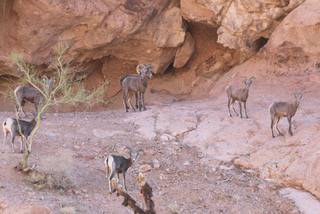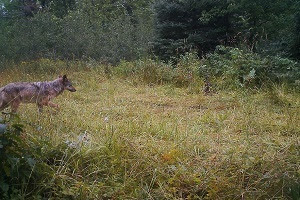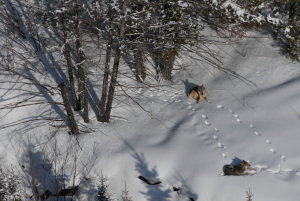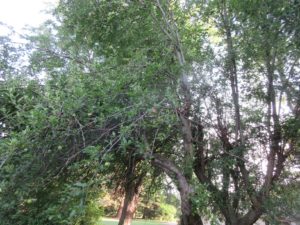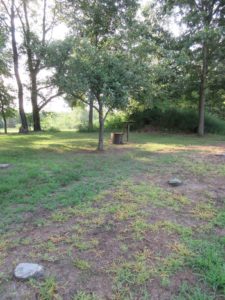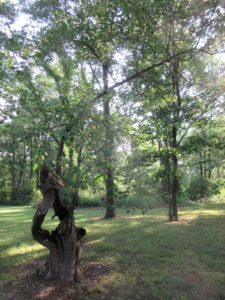NWTF Applauds Introduction of Bipartisan Emergency Wildfire and Public Safety Act

EDGEFIELD, S.C. — The National Wild Turkey Federation supports and applauds the introduction of a bipartisan bill in the U.S. Senate to improve active forest management practices in the West and reduce catastrophic wildfire potential on national forests.
In response to growing threats of more intense and frequent catastrophic wildfires on the nation’s national forests and the communities that surround them, Sens. Steve Daines (R-MT) and Dianne Feinstein (D-CA) introduced the Emergency Wildfire and Public Safety Act of 2020.
Key elements of the bill that the NWTF supports include:
- Directing the USDA Forest Service to identify three landscape-scale collaborative forest projects to restore forest health and reduce wildfire risk. The projects will benefit from streamlined environmental reviews, allowing for timelier project implementation, and a higher threshold to meet for a judge to impose an injunction if they are litigated.
- Establishes a categorical exclusion in the National Environmental Policy Act for constructing fuel/fire breaks.
- Creates grant programs to build biomass energy conversion facilities, help develop markets for biomass (plant-based waste from forestry practices) and support forestry workforce development, all important factors that typically limit large-scale forest management and fuels-reduction treatments.
“The National Wild Turkey Federation thanks Senator Daines and Senator Feinstein for introducing this important bipartisan legislation,” NWTF CEO Becky Humphries said. “Forest health and wildfire prevention are important to all Americans. It is also an issue of safety for wildland fire fighters and the numerous communities around and within these forests. We need well-thought-out solutions that everyone can support.” Read more

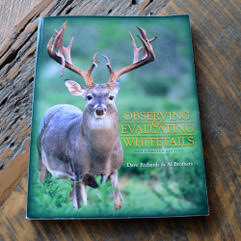
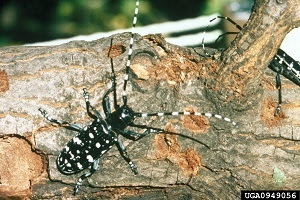
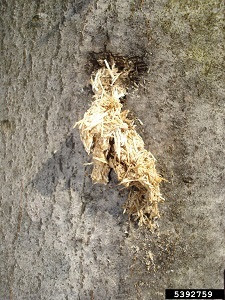 The Asian longhorned beetle was first detected in the U.S. in 1996, when a Brooklyn, New York resident noticed a large, black beetle with irregular white spots and black-and-white banded antennae and reported it. Since that time, the Asian longhorned beetle has been found in 20 locations in six states, including New York, New Jersey, Massachusetts, Illinois, Ohio and, most recently, South Carolina.
The Asian longhorned beetle was first detected in the U.S. in 1996, when a Brooklyn, New York resident noticed a large, black beetle with irregular white spots and black-and-white banded antennae and reported it. Since that time, the Asian longhorned beetle has been found in 20 locations in six states, including New York, New Jersey, Massachusetts, Illinois, Ohio and, most recently, South Carolina. 